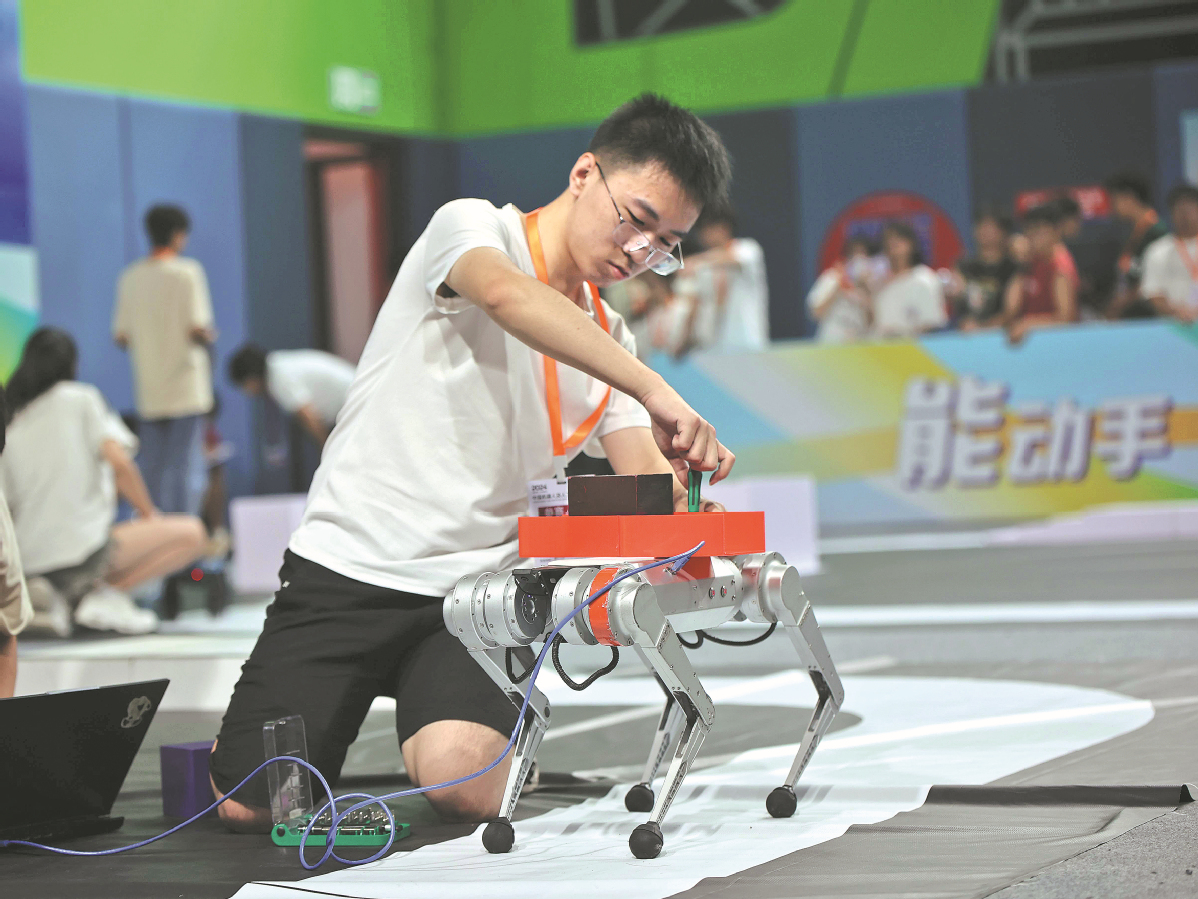Revolutionary Technologies: Adoption & Impact of Generative AI in China
Generative AI has captured the attention of the tech world, with OpenAI's ChatGPT making waves as a trailblazer. In this fast-paced environment, both Chinese and international players have flooded the generative AI field. Discussions have been sparked about China's ability to catch up and emerge victorious in the LLM race. Rather than talking about the race, we will be giving an update on the ground-level impact of GPT and LLMs, exploring how these transformative technologies are reshaping industries in China.
Unleashing AI's Potential in Various Sectors
The application of AI Generated Content (AIGC) in China is clearly seen in five key sectors: media, e-commerce, film and television, entertainment, and others. To capture applications and benefits, we categorize AIGC solutions into three clusters based on their technological foundations: AI text generation, AI audiovisual content generation, and AI-assisted data analysis. Below we will touch upon each of these clusters, highlighting which use cases are common, and what companies are taking the spotlight.

Source: Unique Research (2023)
AI Text Generation
China has witnessed the maturation of AI-generated text content solutions, particularly in the media industry, where they are utilized for everything from editing to dissemination. Intelligent news article writing has been in use since as early as 2017, allowing news outlets like the China Earthquake Network to swiftly publish breaking news stories. The rise of LLMs and GPT has further accelerated progress in this field.
Leading the way in marketing innovation is Whale, a digital marketing service provider that has introduced "MarketingGPT" to the market. Whale's AI Copilot, Alivia, covers the entire marketing process, from content generation and editing to data analysis and campaign optimization. Through human-machine dialogue, Alivia designs campaigns, generates multimedia content, and personalizes content with targeted labels. As users interact more frequently with Alivia, it learns to better understand their intentions, enhancing its capabilities over time.
Reflecting the growing interest in AIGC applications within the marketing and PR landscape are recent announcements from multibillion-dollar company BlueFocus Media. Strategically partnering with Microsoft, BlueFocus has announced to put a stop to outsourcing creative design and content writing, fully betting on GPT to fill their needs. With this solution they’ll be able to cut costs while raising efficiency all at the same time.
AI Audiovisual Content Generation
When talking about audiovisual content, most common use cases in China are AI-generated virtual personalities and product 3D models, but also UI design is getting a refresh.
Virtual personas have multiple applications. For brands on Chinese e-commerce platforms, generated personalities are perfect for livestreaming. Unlike actual streamers and influencers, virtual personalities can recommend products and provide online services 24 hours a day, while guaranteeing consistent service quality. However, it doesn’t stop there. Virtual personas are also finding their way into vastly different industries, like entertainment and even healthcare marketing.
For instance, ophthalmologist Dr. Yong Tao collaborates with Hangzhou startup Daoying to utilize a digital clone with a customized voice, appearance, and facial expressions. Dr. Yong Tao's clone disseminates eye health-related information across various media channels, enabling him to efficiently share knowledge and develop his personal brand. While he is at work diagnosing patients or performing surgery, his clone can educate the masses on daily care, disease prevention, etc. The virtual personas allow for closer audience connections and a more engaging experience, without needing to put in the physical effort.
Product 3D models are gaining popularity in e-commerce. One example is the popular domestic shopping platform Xubao. They have adopted a 3D modeling technology that automatically converts flat product pictures into small videos with 3D effects. When opening the Xubao app, you can see these short product videos as popups converted from pictures at any time. These short product videos significantly improve the shopping experience and reportedly have a notable impact on conversion rates.
However, as previously mentioned AIGC is not limited to enhancing content; it is now also used to simplify the design of content creation platforms. In this respect, it was JS Design (即时AI) that rapidly received the spotlight in the end of March 2023. Why? According to UI China, it was globally the first large-scale available AI-powered tool that generates editable UI designs. Powered by a large language model, the tool creates UI templates based on written descriptions, revolutionizing UI design efficiency.
AI-Assisted Data Analysis
AI-assisted data analysis is making significant strides in three major fields: industrial design, intelligent driving, and healthcare. In industrial design, AI-assisted Computer-Aided Design (CAD) tools are dramatically shortening the engineering design cycle. In the realm of intelligent driving, AI enables assisted driving and unmanned vehicle operations. In healthcare, AI-powered medical image analysis is enhancing the detection of early cancer lesions, while other applications like AI rehabilitation diagnosis and treatment, as well as medical companionship, have also emerged.
The Future of Generative AI in China: What’s Next?
When envisioning generative AI, our minds often gravitate towards generating articles and pictures. However, by integrating various technologies such as text, voice, sound, and analysis, a myriad of use cases emerges that can benefit companies across industries. Whether it's adding a personal touch to marketing, creating models and videos to boost sales conversion rates, or streamlining design and analytical processes, the potential benefits are endless.
As long as quantifiable advantages continue to be realized, we can expect rapid adoption of generative AI technologies in industries worldwide. Its influence will only grow stronger, empowering organizations to achieve higher efficiency, creativity, and customer engagement. The journey has just begun, and the transformative power of generative AI is far from being fully explored.
With the rapid pace of innovation in China, part of game-changing solutions will undoubtably be developed there. We can already see GPT and LLMs are driving innovation and revolutionizing industries. From AI text generation in media to AI audiovisual content generation and AI-assisted data analysis, Chinese companies are starting to embrace these technologies to enhance their operations, improve efficiency, and deliver engaging experiences to their customers. Whether China wins the LLM race or not, we are witnessing the dawn of a new era in technological advancements that will reshape industries and propel us towards a future where the possibilities are limitless.
Related Insights.











